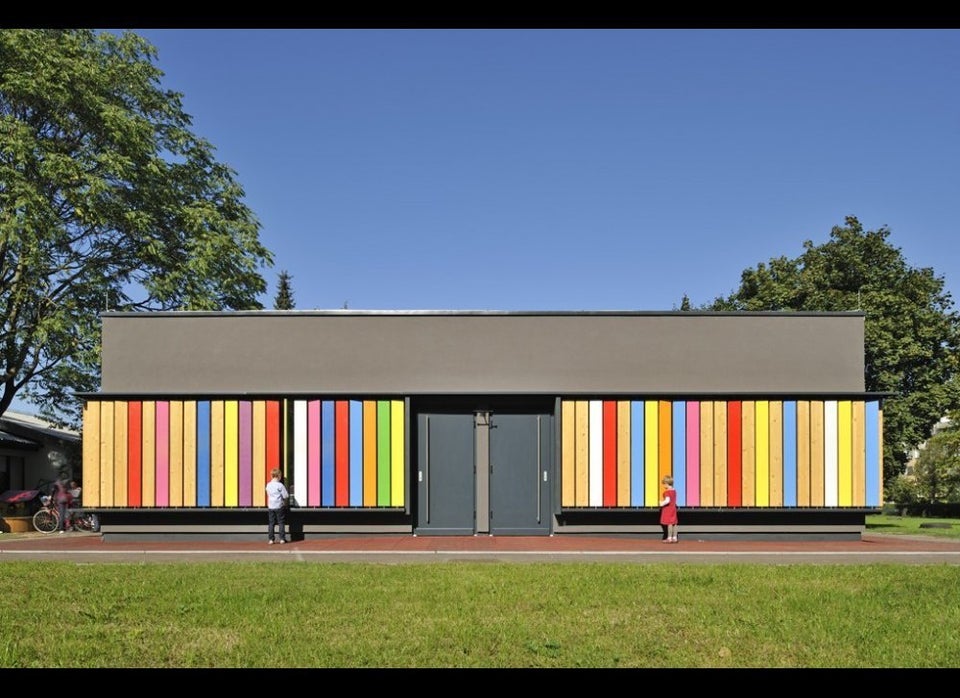
This piece comes to us courtesy of The Hechinger Report's Community College Spotlight blog.
University education is free in Switzerland, but most students choose vocational training, Time reports.
Take Jonathan Bove. This spring, after he completed his three-year business training at an insurance company, the 19-year-old was hired by a telecommunications firm; his job as a customer care representative offers a starting salary of $52,000 a year, a generous annual bonus, and a four-week paid vacation – no small potatoes for the teenager who is still living at home and has no plans to move out. “The idea of university never appealed to me,” he says. “The vocational training is more hands-on and the path to a good job is shorter.”
After completing nine years of required schooling, two-thirds of 15 and 16 year olds choose Vocational Education and Training (VET), which combines three years of part-time classroom instruction with training at a company. The youth unemployment rate in Switzerland is less than 3 percent.
VET apprentices generate more revenues than they cost in salaries and instruction, so most companies profit from VET participation, even if they train more apprentices than they need. On average, VET graduates start at $50,000 a year.
Most young Americans won’t earn a college degree, says Nancy Hoffman of Jobs for the Future in a Nation interview with Dana Goldstein. A Swiss-style apprenticeship system would motivate young people and qualify them for good jobs, she argues.
Volkswagon is starting a European-style apprenticeship program in Tennessee, but for high school graduates. . . . You probably have to start with more internships and apprenticeships at the community college level than in high school, because most people in this country just don’t believe that 16-year-olds can be productive workers—though there is plenty of evidence they certainly can be.
Goldstein asks: Should we worry if the vocational track really is the track for working-class kids?
America’s system — College for all but failure for most — provides less economic mobility than the apprenticeship model, Hoffman argues. “The really strong countries have pathways from vocational education straight through to technical colleges,” she adds. In Switzerland, 42 percent of the highest-scoring students enter the vocational system. “If you want to be an engineer, work in IT or any of these high-tech jobs, you’re going to be much more likely to get a job after real work experience.”
